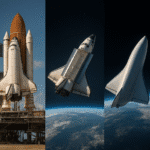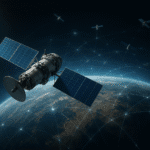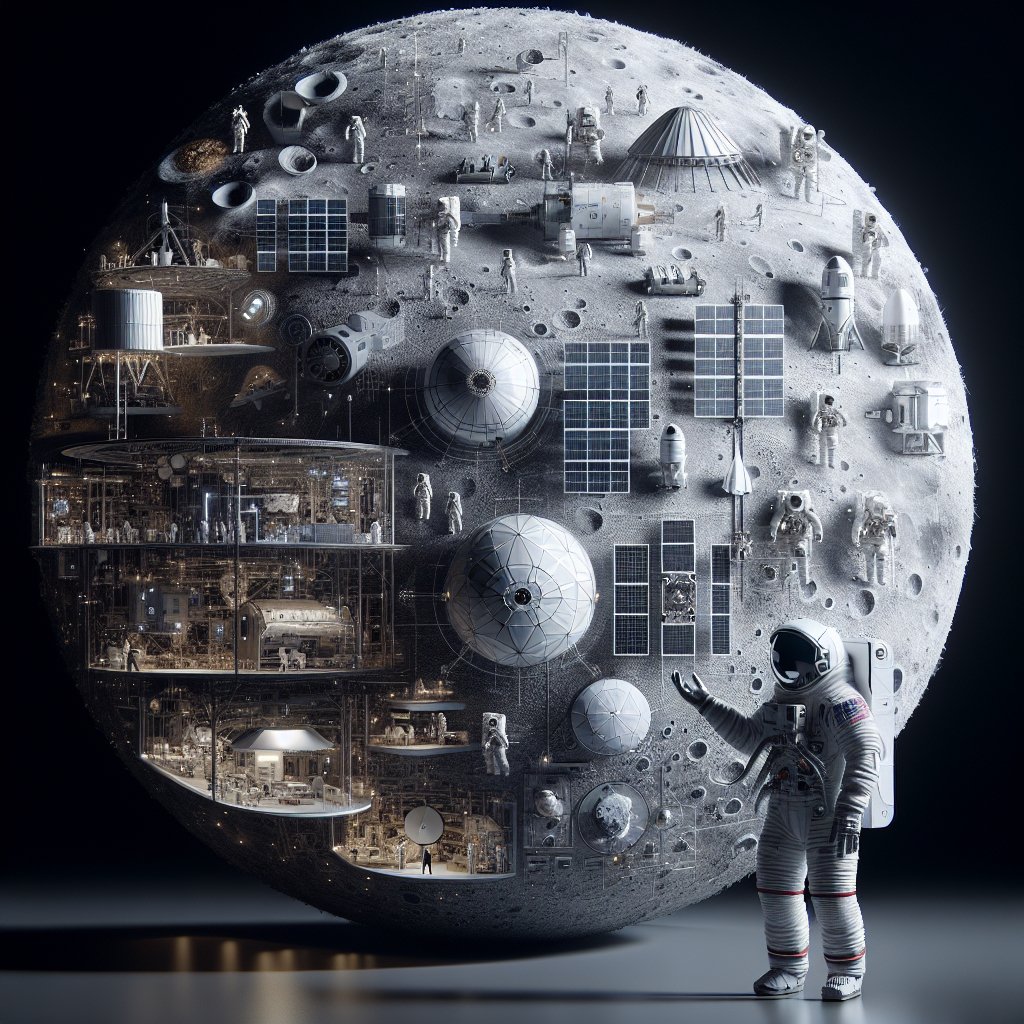The Artemis Program, spearheaded by NASA, represents a bold new chapter in humanity’s exploration of the Moon, aiming to establish a sustainable human presence on our nearest celestial neighbor. This ambitious initiative seeks not only to return humans to the lunar surface but also to lay the groundwork for future missions to Mars and beyond. By leveraging international partnerships and commercial collaborations, Artemis is set to redefine our understanding of the Moon and its potential as a stepping stone for deeper space exploration.
Background and Objectives of the Artemis Program
The Artemis Program is named after the Greek goddess of the Moon and twin sister of Apollo, symbolizing a new era of lunar exploration that builds upon the legacy of the Apollo missions. Announced in 2019, the program’s primary goal is to land “the first woman and the next man” on the Moon by the mid-2020s. However, Artemis is not just about revisiting the Moon; it is about creating a sustainable presence that will enable long-term exploration and utilization of lunar resources.
One of the key objectives of the Artemis Program is to explore the lunar South Pole, a region that holds significant scientific interest due to its permanently shadowed craters, which are believed to contain water ice. This resource could be crucial for supporting human life and producing rocket fuel for future missions. By establishing a sustainable presence on the Moon, NASA aims to develop the technologies and capabilities needed for human missions to Mars, making the Moon a critical testing ground for deep space exploration.
Key Components and Phases of the Artemis Program
The Artemis Program is structured around several key components and phases, each designed to build upon the successes of the previous ones. The program’s architecture includes the Space Launch System (SLS), the Orion spacecraft, the Lunar Gateway, and the Human Landing System (HLS).
Space Launch System (SLS) and Orion Spacecraft
The Space Launch System (SLS) is NASA’s new heavy-lift rocket, designed to carry astronauts and cargo to the Moon and beyond. As the most powerful rocket ever built, the SLS will play a crucial role in the Artemis missions, providing the necessary thrust to propel the Orion spacecraft into lunar orbit. The Orion spacecraft, equipped with advanced life support systems and navigation capabilities, will transport astronauts from Earth to the Moon and back, serving as the backbone of the Artemis Program.
Lunar Gateway
The Lunar Gateway is a planned space station that will orbit the Moon, serving as a staging point for lunar landings and a hub for scientific research. This modular outpost will be developed in collaboration with international partners, including the European Space Agency (ESA), the Canadian Space Agency (CSA), and the Japan Aerospace Exploration Agency (JAXA). The Gateway will provide a platform for testing new technologies, conducting scientific experiments, and supporting long-duration missions to the lunar surface.
Human Landing System (HLS)
The Human Landing System (HLS) is a critical component of the Artemis Program, responsible for transporting astronauts from the Lunar Gateway to the Moon’s surface. NASA has selected multiple commercial partners to develop and build the HLS, fostering innovation and competition in the space industry. The HLS will be designed to support a variety of mission profiles, enabling astronauts to explore different regions of the Moon and conduct scientific research.
International and Commercial Partnerships
One of the defining features of the Artemis Program is its emphasis on international and commercial partnerships. By collaborating with other space agencies and private companies, NASA aims to leverage a diverse range of expertise and resources to achieve its ambitious goals. This collaborative approach not only reduces costs but also fosters innovation and strengthens global cooperation in space exploration.
International partners, such as ESA, CSA, and JAXA, are contributing critical components to the Artemis Program, including modules for the Lunar Gateway and scientific instruments for lunar exploration. These partnerships are essential for the program’s success, as they bring together a wealth of knowledge and experience from around the world.
In addition to international collaborations, NASA is working closely with commercial partners to develop key technologies and systems for the Artemis missions. Companies like SpaceX, Blue Origin, and Dynetics are playing a vital role in the development of the Human Landing System, while other firms are contributing to the construction of the Lunar Gateway and the production of lunar surface habitats.
Challenges and Future Prospects
While the Artemis Program holds great promise, it also faces several challenges that must be addressed to ensure its success. One of the primary challenges is the development and testing of new technologies required for sustainable lunar exploration. This includes advancements in life support systems, power generation, and resource utilization, all of which are critical for supporting long-duration missions on the Moon.
Another challenge is the need for significant funding and political support to sustain the program over the long term. The Artemis Program requires substantial investment, and its success depends on continued commitment from the U.S. government and international partners. Ensuring that the program remains a priority in the face of changing political and economic landscapes will be crucial for its success.
Despite these challenges, the future prospects of the Artemis Program are bright. By establishing a sustainable presence on the Moon, NASA and its partners are paving the way for future exploration of Mars and beyond. The technologies and capabilities developed through Artemis will not only enable human missions to the Red Planet but also open up new opportunities for scientific discovery and commercial activities in space.
In conclusion, NASA’s Artemis Program represents a bold and ambitious effort to return humans to the Moon and establish a sustainable presence on its surface. Through international and commercial partnerships, the program aims to develop the technologies and capabilities needed for future exploration of Mars and beyond. While challenges remain, the Artemis Program holds the potential to redefine our understanding of the Moon and its role in humanity’s journey into the cosmos.










